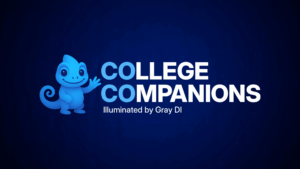In the face of financial shortfalls, many schools make a fundamental error: they focus on employment data to find new programs or current programs to grow. Unfortunately, there is a very limited relationship between employer needs and program margins.
Focus on Student Demand to Increase Margins
If you need to grow and increase margins, focus on student demand–it is students who fill seats and pay tuition. Our analysis, illustrated below, shows that student demand is four times better than employment in predicting potential margins for current or new programs.
Let’s look at the data behind these claims, which was drawn from actual program markets and margins. Gray ran analytics to see which market factors best-predicted program margins. In regression analysis, R-squared measures the degree to which one number helps to estimate another. It varies between 0 and 1, the higher, the better.
Student demand explains 39.5 percent of the variation in margins. In contrast, the R-squared for employment is just 8.4 percent, a little behind competition at 8.8 percent.
Roughly speaking, that means student demand is four times better than employment at predicting program margins. As a practical example, Psychology has fewer jobs per graduate than 92 percent of academic programs. But, there was more student demand for Psychology than 99 percent of all other college majors, and it is still growing–Google searches for Psychology increased 19 percent in 2020. And Psych students do get jobs, but usually not in psychology.
Good Student Demand Data is Essential
Good student demand data is available. Gray collects four indicators of student demand, so our clients can pick new and existing programs that have the potential for material growth in enrollment and contribution margins.
These metrics include Google click-through volume, inquiry volume (from aggregators that collect inquiries through web advertising), and international page views. All of these metrics are collected monthly by program and location, so you can have up-to-date information on what students want in your market. We also collect IPEDS data on completions by program, which is comprehensive but very out-of-date. (The most recent data is from 2019, however, students choose their majors years before that.)
The Essential Difference for Positive Enrollment
Employment data and IPEDS are just not good enough. You really need to know if students will enroll in a program before you invest hundreds of thousands of dollars developing or marketing it. When you need to improve your financials, the best available data on student demand is essential.




